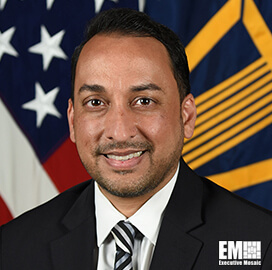NASA has announced its plan to launch a space telescope mission to geostationary orbit for Israel in early 2026 to examine astronomical events that occur over a short period, such as mergers of neutron stars and supernova explosions.
The agency said Tuesday it will provide the flight payload adapter and launch opportunity for the Ultraviolet Transient Astronomy Satellite that is planned to operate at a GEO orbit for over three years.
ULTRASAT is slated to carry a telescope with a wide field of view to discover and capture transient and variable ultraviolet sources that change on short durations.
According to Uri Oron, director of the Israel Space Agency, ULTRASAT is also expected to deliver advanced ultraviolet sensitivity and enable real-time data control and transfer.
The Israel Space Agency will build and deliver the completed observatory to NASA’s Kennedy Space Center in Florida in preparation for its launch.
ULTRASAT is jointly funded by the Israel Space Agency, the Weizmann Institute of Science and the DESY research institute.













